The hype seems never-ending: used Leica M film cameras continue to post new price records on the second-hand market. A good copy of the highly sought-after Leica M6 might easily cost more than €2,000, with prices having at least doubled in the past ten years. The M6TTL fetches even more. Is now time to think about alternatives?
Recently, I began to see even more relevance for this series of articles—in the rumours of a new, less expensive film Leica M. I can imagine that Leica sees the ever-rising prices and thinks about getting deeper into the business. Second-hand-gear trade through Leica-owned shops is certainly one way they already started to follow the trend.
But it is not entirely unrealistic that the following idea might be pursued in Wetzlar’s Leitz Park, too: “If customers are ready to €2,500 or more for a 20-year-old M6, are they also willing to pay €3,300 for a new one, with factory warranty and all?”.
The elephant in the room of The M Files
Well, I have no idea if it is possible at all to produce a film M at this price point. Or if they could make nice bundles with the made-in-Portugal lenses which are in production for the US market now. For the moment, any camera with an M mount can only get more interesting.
The M Files project, which starts on Macfilos next Monday, endeavours to create a serious knowledge resource while at the same time providing an entertaining discourse, illustrated with many everyday photos.
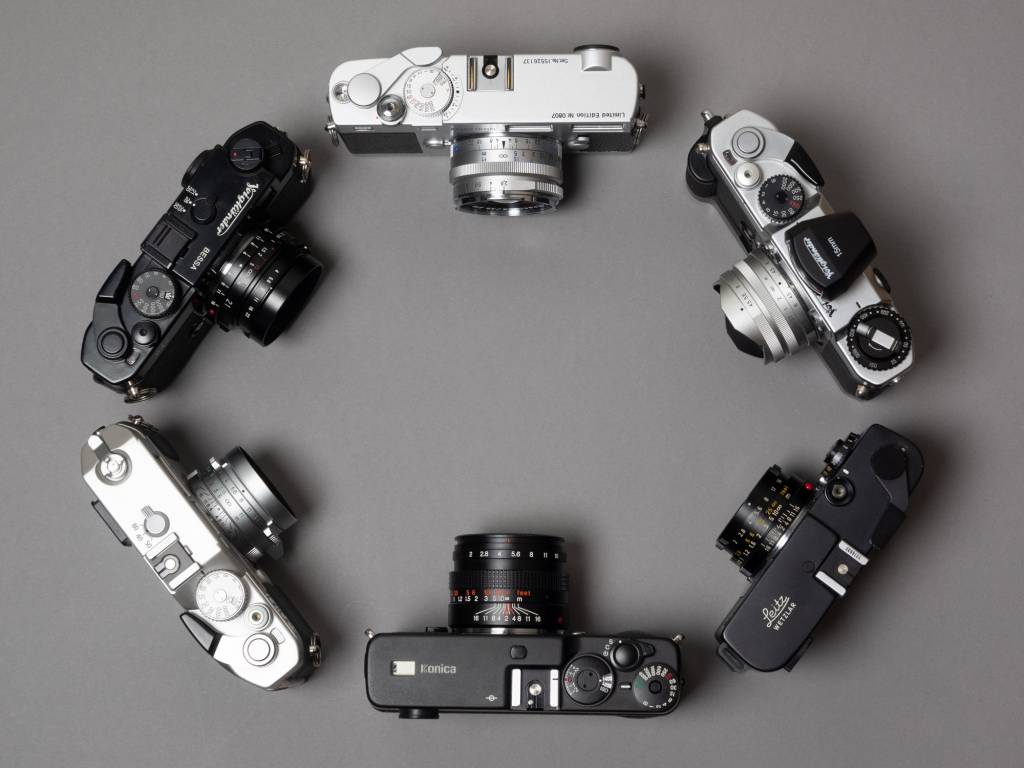
I found it increasingly compelling to do some research about—and actually to work with—what I call the “not-quite-M-Leicas”. For me, it’s expressly not the “almost-M-Leicas” because this is patently misleading. I do not consider these cameras to be inferior copies but as fully-fledged cameras in their own right. This is the most important idea behind The M Files.
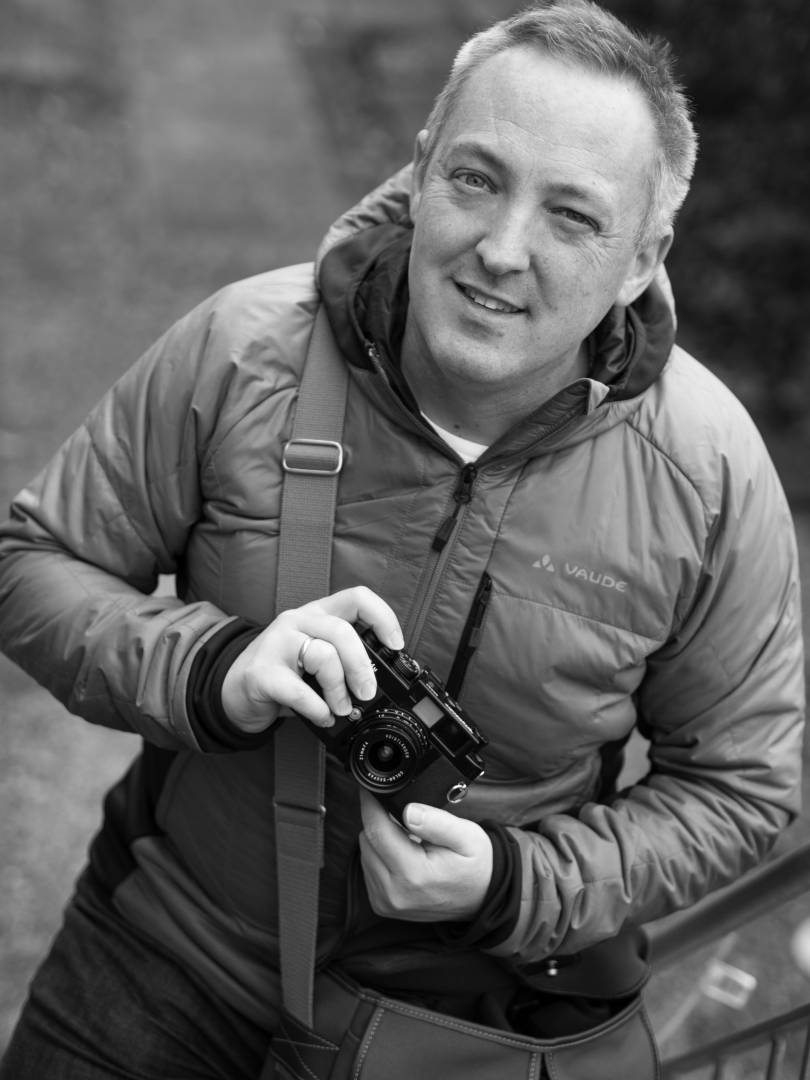
Many enthusiasts made The M Files possible
With the help of other enthusiasts, I gathered a beautiful group of cameras, and I am happy to share my experience with them here on Macfilos. By the way, such models are also a fascinating field of collecting, but here I am considering only the practical side. After all, that’s what cameras were built for, is it not?
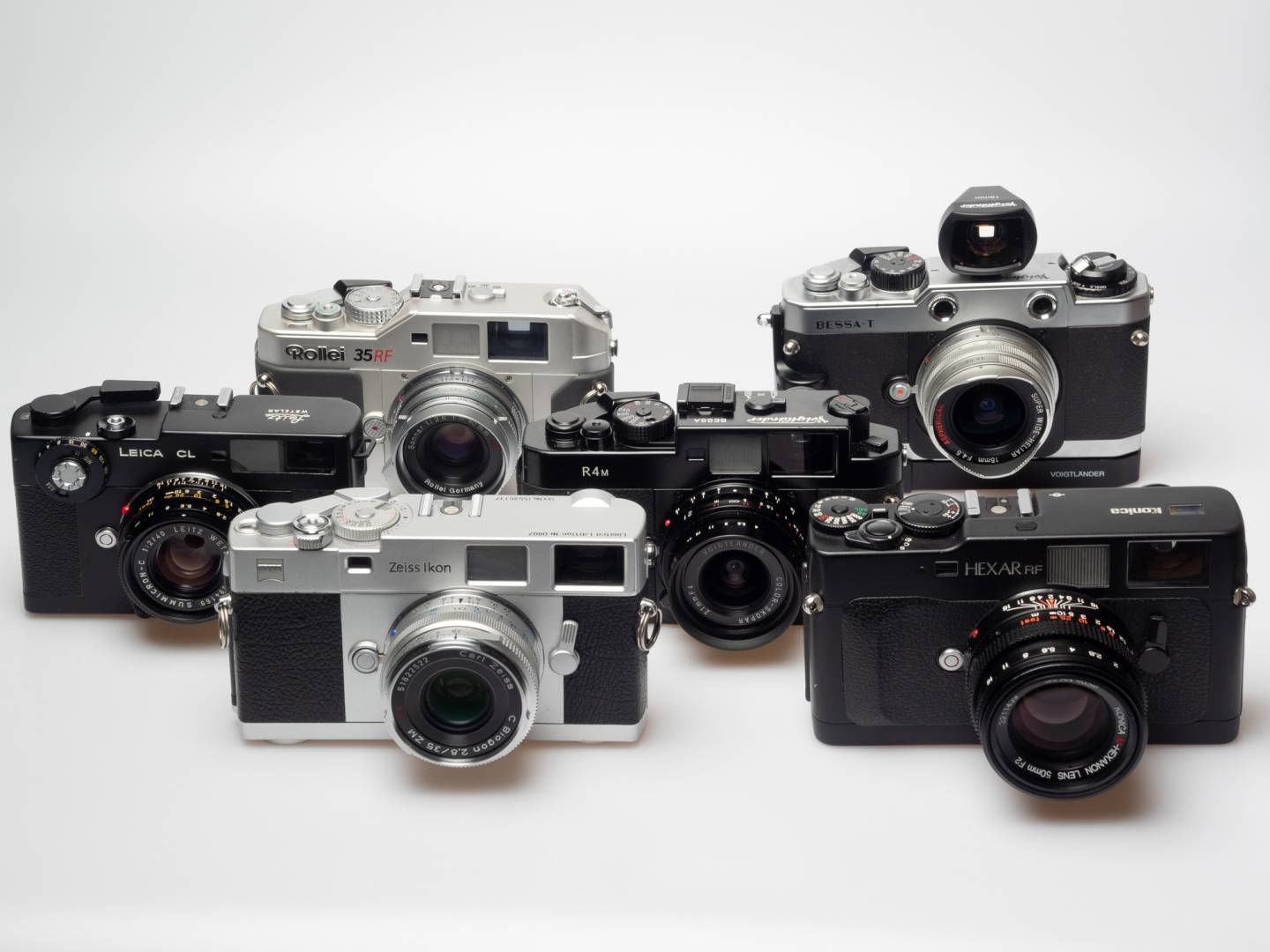
Six cameras and many different films
I have tested six different cameras, with their respective lenses and/or the lenses that usually came with them. All of them have a Leica M bayonet, all of them have a built-in light meter, and of course, they use film. In modern photographic parlance, analogue (rather than film) is generally accepted as the opposite to digital so I will go with that. I realise that some more traditional photographers may object to the use of analogue.
Classic photography with silver halide film has recently experienced a small renaissance, and I am lucky that in my home town of Konstanz (Constance) there is not only a very seductive Leica Store, but also an excellent photography shop (Lichtblick) with a great supply of Kodak Portra and Ektar, and a service provider with a minilab which scans negatives in decent quality.
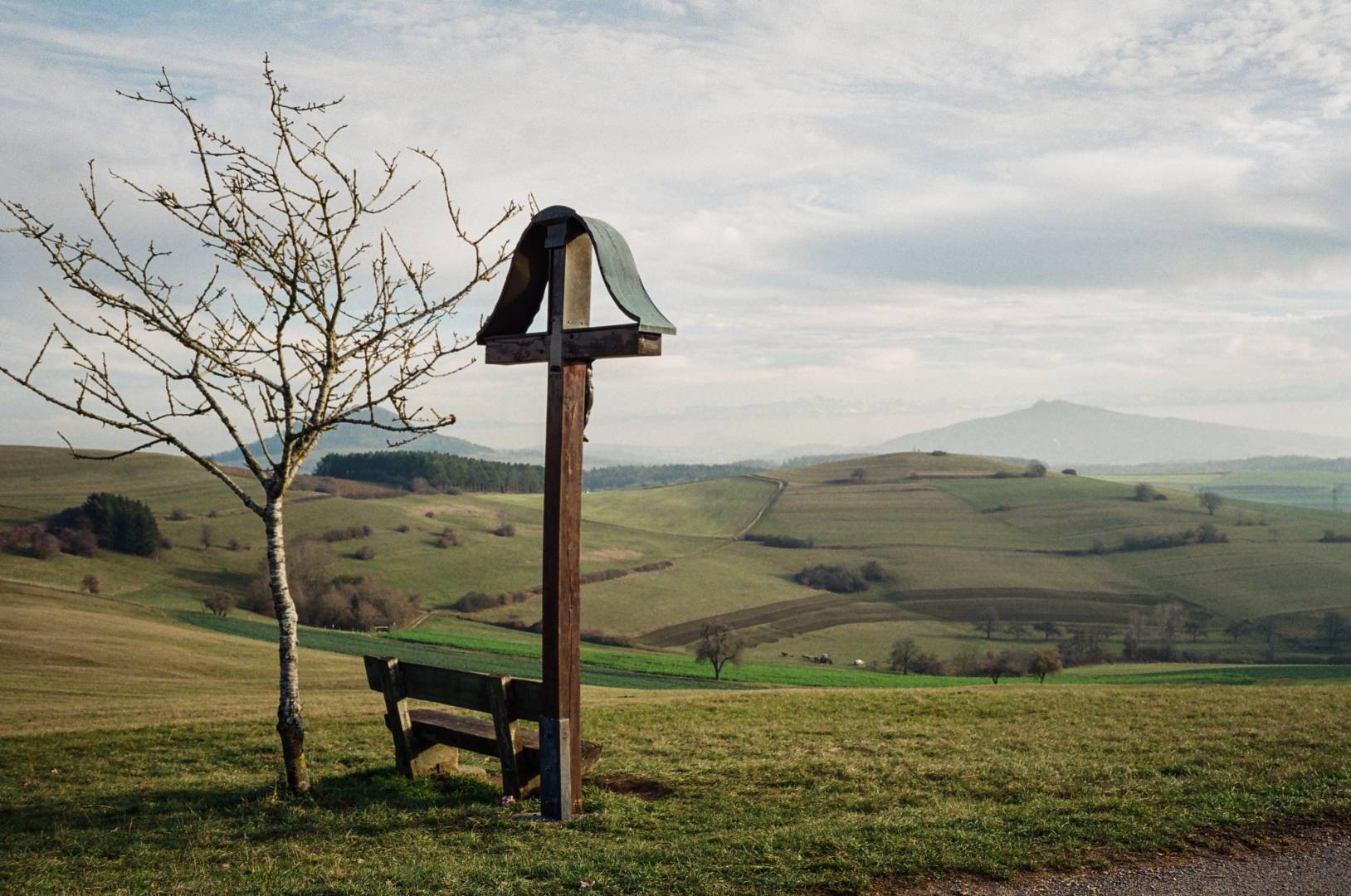
Do not hope for a shelf warmer at a bargain price—these days are over
None of the cameras I will be presenting is currently still in production. Just a few years ago, you could hope to find an unused and original-packed shelf warmer in a declining photo store and get a bargain with one of these “not-quite-M-Leicas”. Unfortunately, many of these shops have had to close down because of the upheavals in the trade. And eBay has also contributed to the fact that photographic equipment is now rarely sold significantly below the price in ignorance of its actual value (rather the opposite).
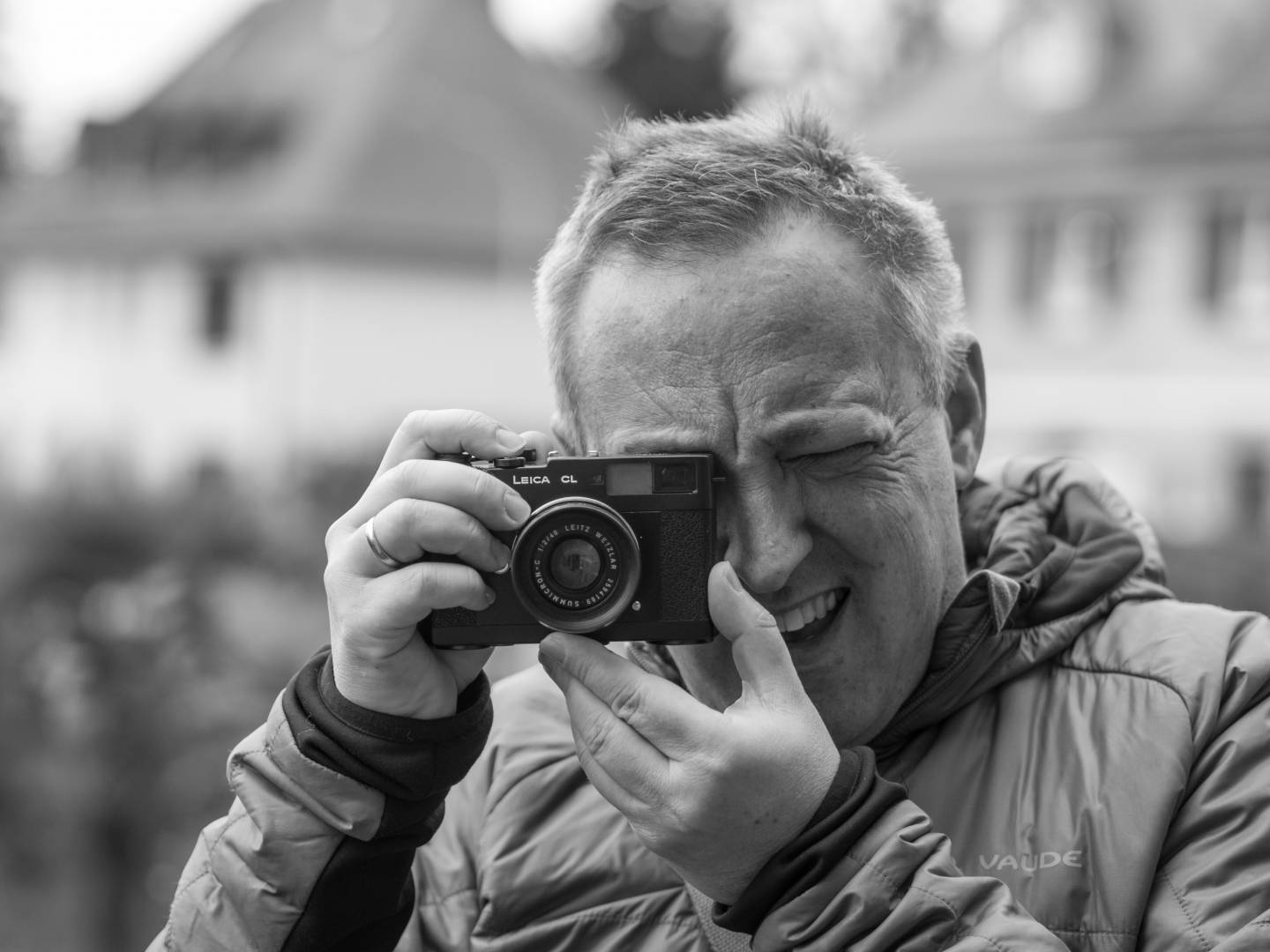
In the framework of The M Files, in each episode of the series, I will present one the following cameras in detail:
- Voigtländer Bessa R4A (with Voigtländer Nokton 35/1.4 II and Color Skopar 21/4)
- Konica Hexar RF (with Konica M-Hexanon 50/2)
- Zeiss Ikon (with Zeiss ZM Biogon 25/2.8, Biogon 35/2.8 and Planar 50/2)
- Rollei 35 RF (with Rollei Sonnar 40/2.8)
- Voigtländer Bessa T (with Voigtländer Color Skopar 35/2.5 and Super-Wide Heliar 15/4.5)
- Leica CL (with Leica Summicron-C 40/2 and Elmar-C 90/4)
- Minolta CLE (with Minolta M-Rokkor 40/2, M-Rokkor 28/2.8 and several 21 lenses)
Thus, we have six different brands on paper. However, apart from the two Voigtländers, the Zeiss Ikon and the Rollei 35 RF were also actually manufactured in the same plant. These are Cosina products with the biggest similarities between the Bessa R4M and the Rollei.
The M Files are also a journey through four decades of progress
The Bessa T is a predecessor of both. It represents the beginning of the rangefinder renaissance (and the cautious first attempts by Cosina with limited risk and cheaper materials). The Hexar RF stands entirely by itself. And of course, the Leica CL and Minolta CLE (both made by Minolta, actually) are unique in my series because it is the only 1970s and 1980s product (respectively) in a range of cameras that were all made from 1999 onwards.
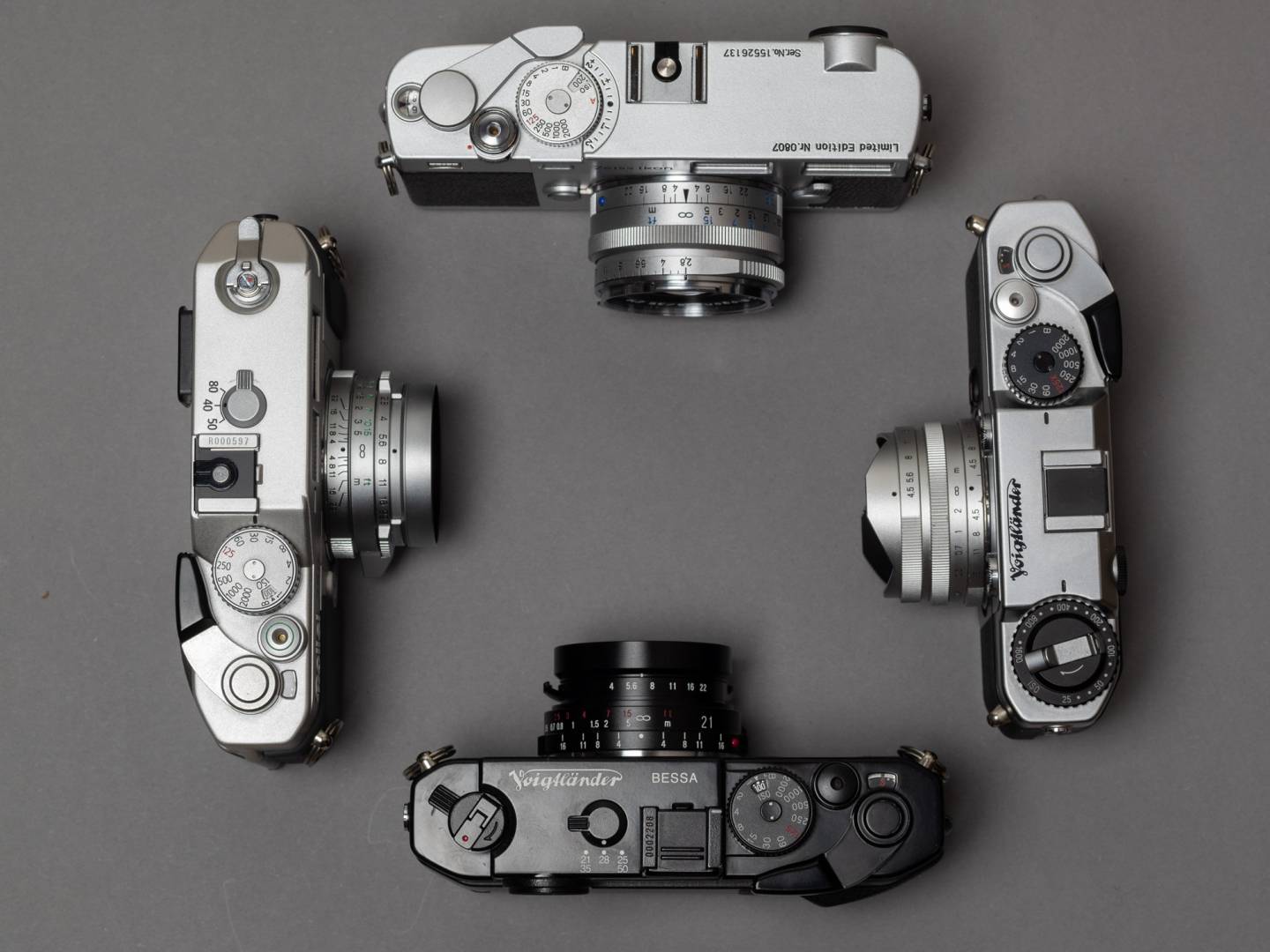
That’s six cameras altogether, and I will present each one with its essential functions, ergonomics and, of course, sample photos. Where reasonable, I will add advice on actual handling, possible mistakes and frequent problems. Everything I write comes from my own experience.
Many sources make The M Files possible
For some historical information and technical points, I used several sources. First of all, I consulted the manuals for the cameras and lenses. More than common knowledge I owe to Stephen Gandy (you might already know his fantastic site www.cameraquest.com), to Peter Lausch (www.lausch.com, a great resource, in German) and Hamish Gill and his contributors (www.35mmc.com, an excellent site which many of us will know). I will touch upon Leica M lenses only very marginally in The M Files. But I do of course read Erwin Puts’s extensive work both on his site (https://photo.imx.nl) and in his books.
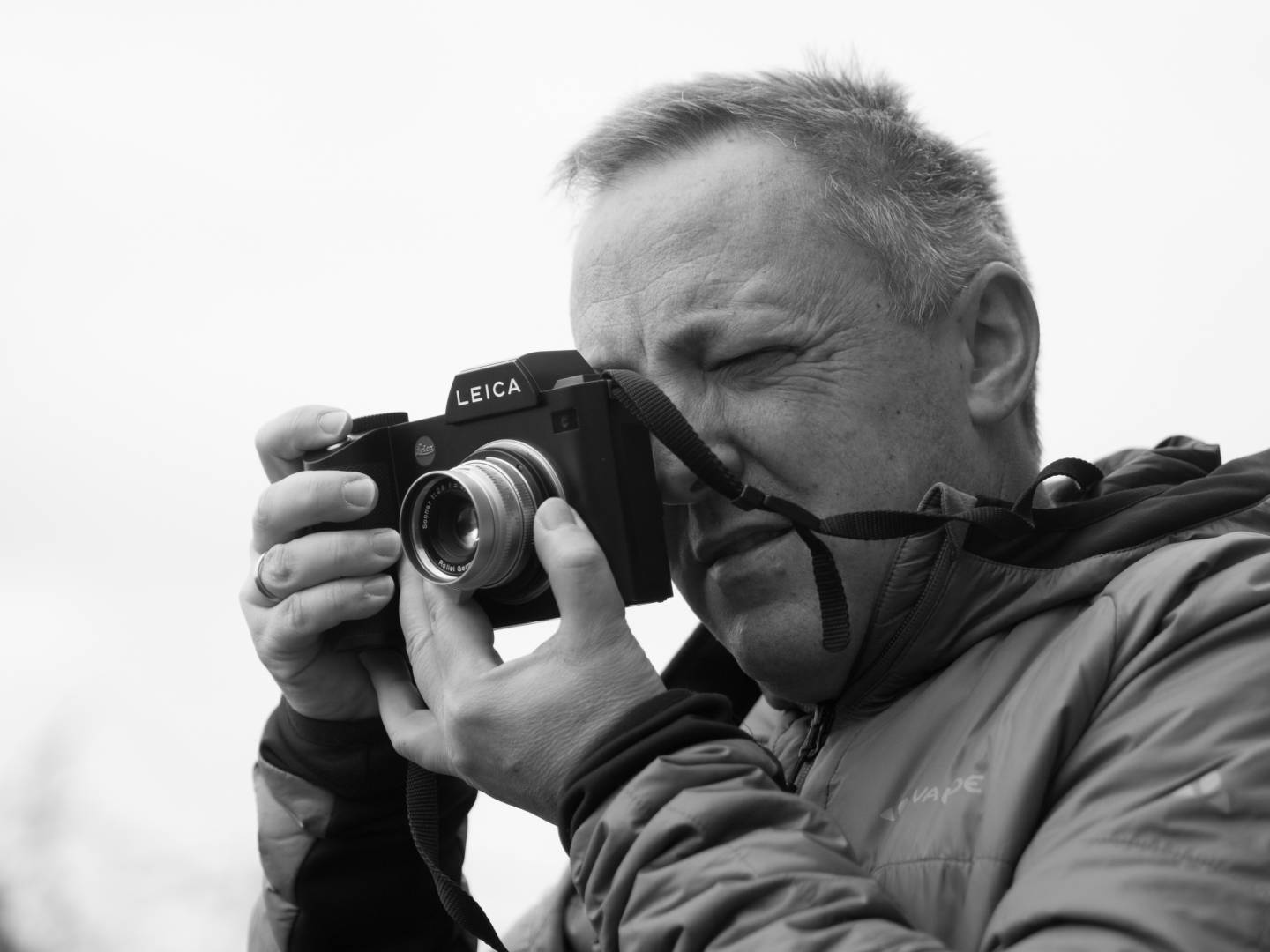
Cameras, lenses and example photos both on film and digital
I will also give my opinion on the lenses used in each case. Where available, I will share a few pictures showing the performance of the respective lenses on a digital M or SL. The latter is even better-suited thanks to its unerring electronic viewfinder). However, in-depth reviews of these lenses or comparisons with more or less similar Leica Lenses or scholarly tests of the lenses’ technical properties are currently not planned.
I had the original analogue photos commercially scanned. I added minimal post-processing if any. The digital photos are mainly out-of-camera, some underwent slight corrections. No lens profiles were applied, no sharpening was added.
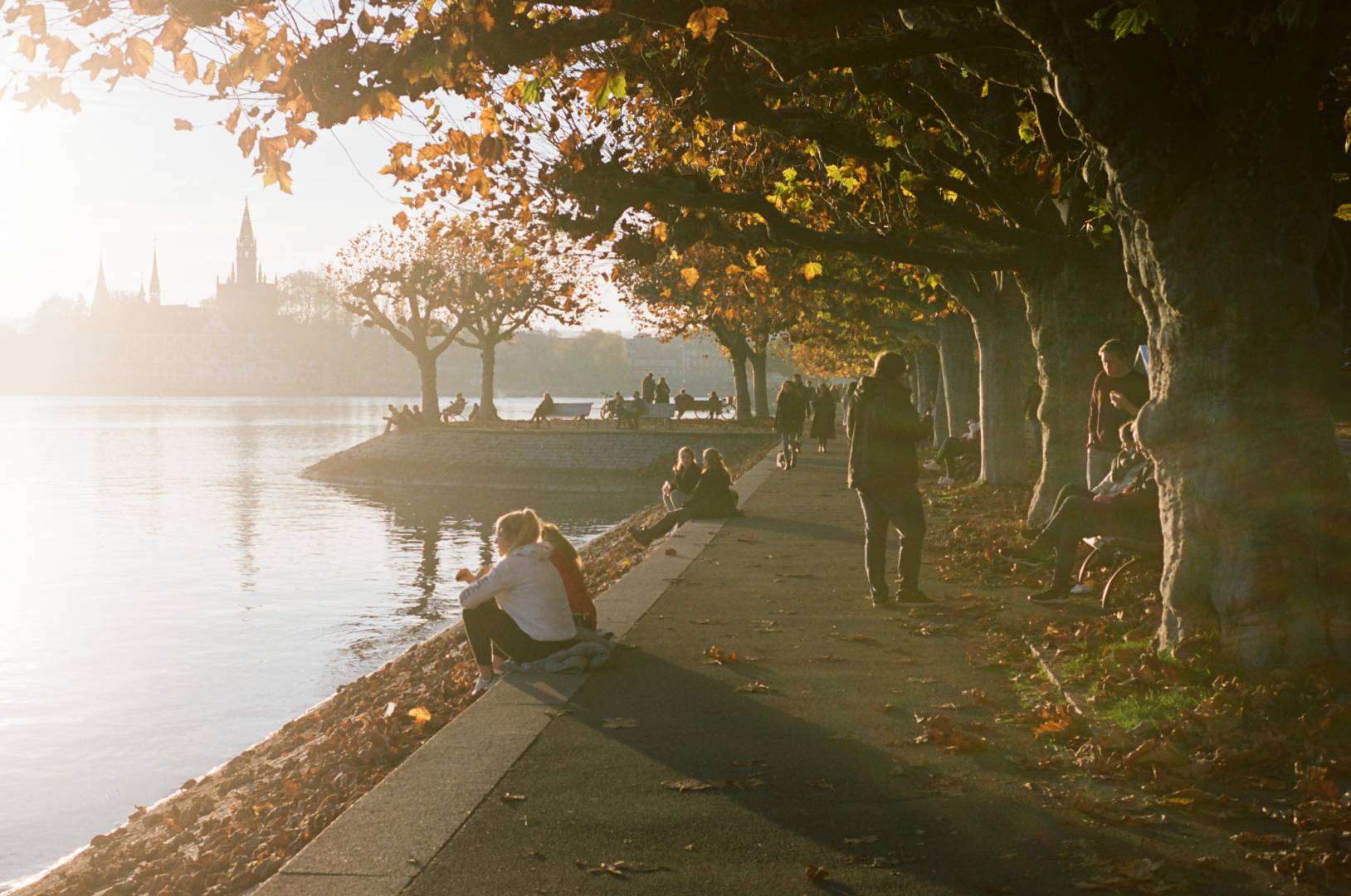
From luxury Kodak Ektar to the cheapest Fujicolor
For my work, I used different types of colour negative film. First, because I wanted to have fun with photography and not conduct a scientific experiment. Second, because I am still searching for my favourite. I have worked on black and white negative professionally for years, and I have shot hundreds of rolls of slide film since 1989. Colour negative film, however, was pretty much terra incognita for me. Third, because conditions vary and, with them, the need for ISO.
And last, because the availability of analogue film was limited at times. So, you will see photos taken on cheap Kodak Gold 200 and expensive Ektar 100, on Kodak Ultramax 400 and Fuji C 200. If you compare images, please keep this in mind. I will specify the film type used in the captions but remember that results can also vary due to lab processing, ageing and storage.
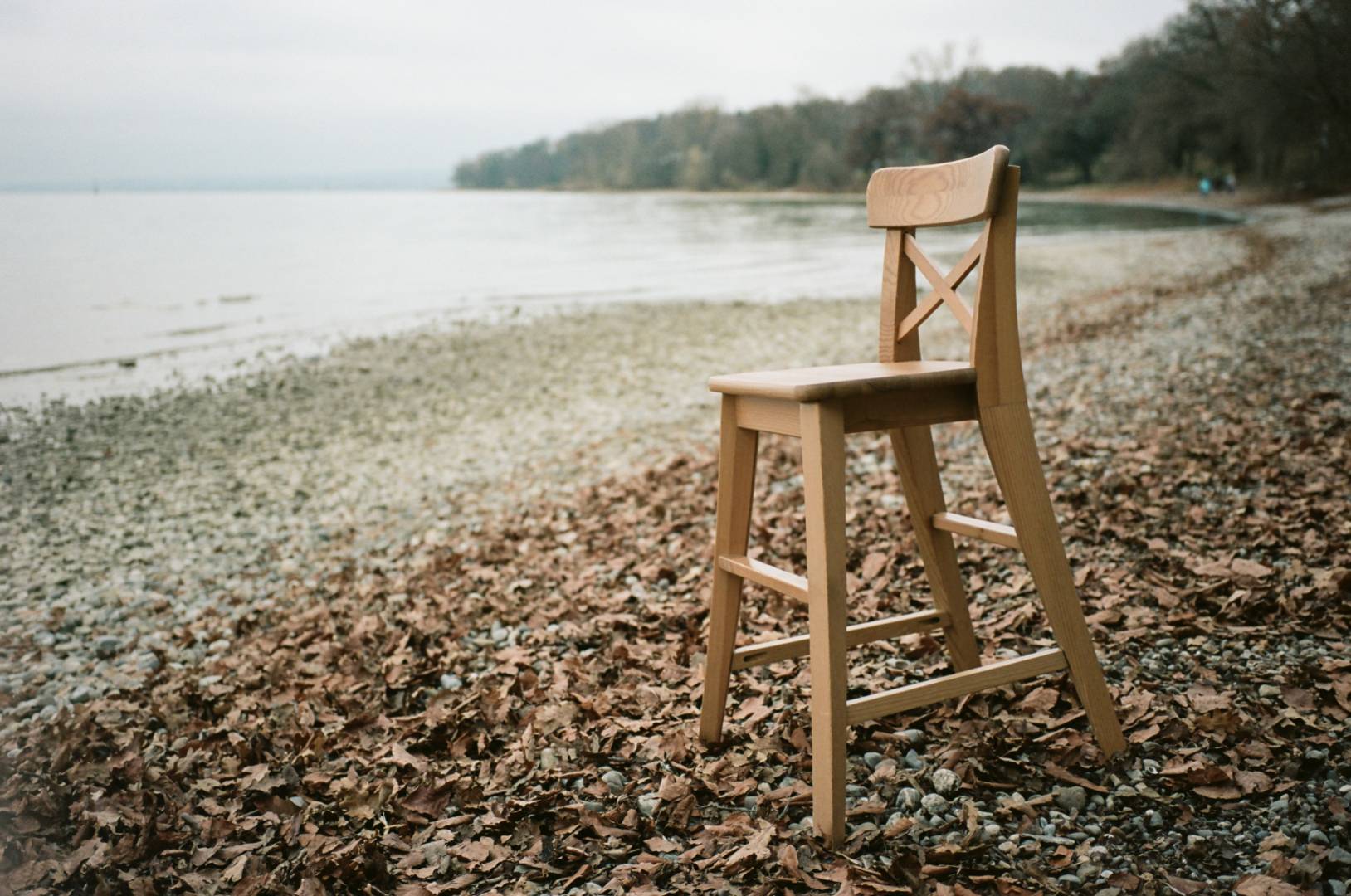
No exotic imagery, rather photos from my area
Initially, I had the idea to test the material when doing a bit of travelling over summer and autumn. Well, this did not work due to Covid-19. So, I took the photos at Konstanz in South Germany, where I live, and its direct surroundings. I find it easier to take good pictures of something new to you (probably the reporters’ disease). But I decided to take up the challenge of providing decent sample shots from subjects well-known to me.
As a reader, you will at least gain an impression of what my area looks like. However, I want to mention that the photos are not selected for their beauty (whatever that is). It’s all about their value as examples for the lenses’ characteristics. In other words: Not all my photos are so boring.
The M Files are a non-commercial project
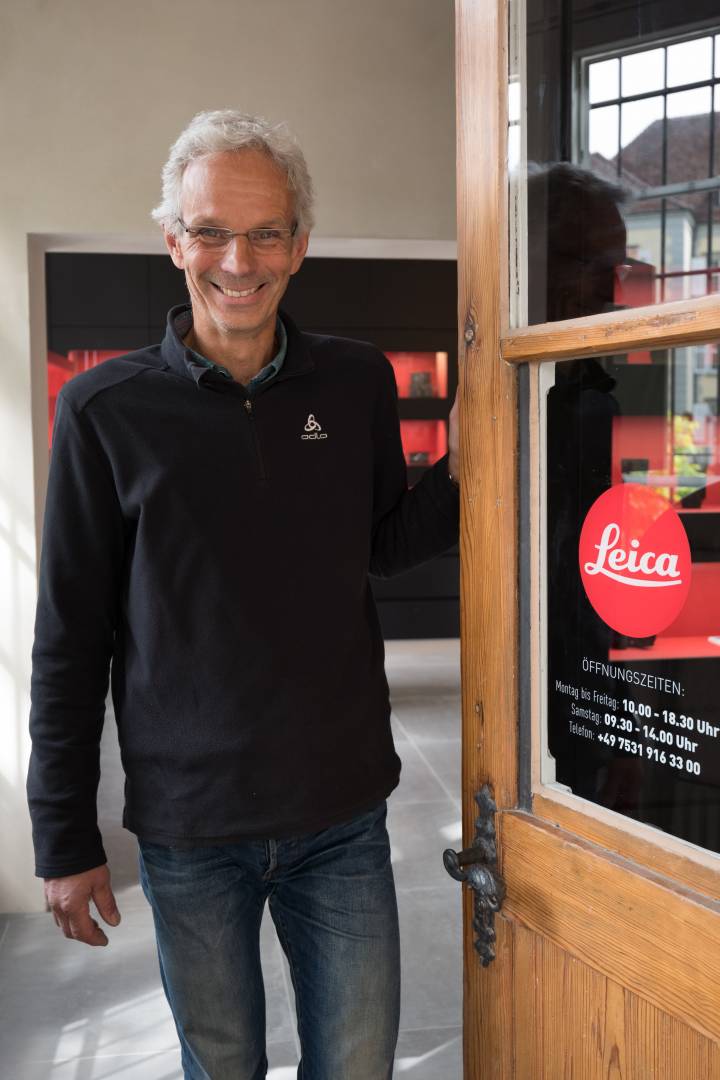
And, just to make it clear, I do not receive any benefit from any of the manufacturers whose products I write about. This is entirely my independent work. Nevertheless, I do owe a great debt of gratitude to the Lichtblick photoshop and the Leica Store Konstanz. I was able to borrow some accessories there that made the tests possible in the first place.
Therefore, I think it is fair to give a recommendation here for Lichtblick and the Leica Store Konstanz. They also offer to ship all goods, the staff members speak English and are very familiar with all customs formalities even outside the EU (greetings, UK), not least because we are at home right on the Swiss border.
If you still have a small independent photo dealer nearby, please support them. There is much at stake in these challenging times for the kind of retail we all know and appreciate.
One episode every two weeks
Our Macfilos editor, Mike Evans, will schedule the reviews in his programme every fortnight from next Monday. I am looking forward to our joint 16-week journey around the boundaries of the Leica M world. The last stop will be a comprehensive summary, in which I will also address the question of whether and when it makes sense to buy a “non-quite-Leica-M” and whether you should perhaps consider buying a genuine M Leica. I wish you good reading with The M Files.
I am deeply indebted to David B. He, in common with several others who do not wish to be named, has helped me out with generous equipment loans. The rangefinder camera enthusiasts are a great community. And gestures such as this motive me, even more, to give something back for the common good.
In the second part of The M Files, I shall start the actual reports. The first candidate is the Voigtländer Bessa R4M with the Voigtländer lenses 21/4 and 35/1.4.
For all your Leica needs visit:
Leica Store Konstanz
Lichtblick Fotofachgeschäft Konstanz
More articles by Jörg-Peter Rau
The M Files: Get in-depth knowledge of M-Mount lenses, cameras and suitable accessories
The M Files is an ongoing project on Macfilos that focuses on photographic equipment with or for Leica M-Mount, made by companies other than Leica or which are otherwise not part of Leica’s M system. It follows a more or less encyclopaedic approach without being scientific. The focus is always on the real-life use and useability of cameras, lenses and other items. Products covered by The M Files include cameras, lenses, viewfinders, light meters and more. Some of the brands in the growing list are Contax, Konica, Minolta, Rollei, Voigtländer and Zeiss.
Die M-Files: M-Mount-Objektive, -Kameras und passendes Zubehör jenseits von Leica M
Die M-Files sind ein Langzeit-Projekt, das sich auf Foto-Ausrüstungsteile mit oder für Leica M-Bajonett konzentriert, die von anderen Firmen als Leica hergestellt wurden oder die nicht zum M-System von Leica gehören. Es verfolgt einen mehr oder weniger enzyklopädischen Ansatz, ohne wissenschaftlich zu sein. Der Schwerpunkt liegt immer auf der praktischen Nutzung von Kameras, Objektiven und anderen Produkten. Zu den in den M-Files besprochenen Produkten gehören Kameras, Objektive, Sucher, Belichtungsmesser und mehr. Einige der Marken auf der wachsenden Liste sind Contax, Konica, Minolta, Rollei, Voigtländer und Zeiss. In deutscher Sprache erscheinen die Inhalte auf www.messsucherwelt.com.
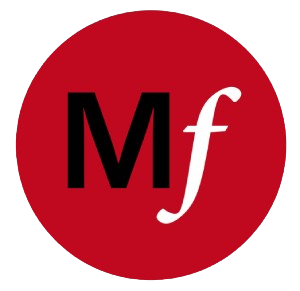
Hallo Jörg-Peter,
I am looking forward to your project and yes, prices are going up.
Lichtblick sounds familiar to me, because I just bought a used Fuji XF 60mm lens from them.
Konstanz is close to Stuttgart. Do you also consider the SILBERSALZ35 within our tests ?
from their homepage: Silbersalz35 film gives you true cinefilm look without compromise – professional ECN2 processing, 21.4 Megapixel scanning and JPG, JP2 and JP2 RAW delivery included.
Best Regards Michael
Hello Michael,
thank you very much for your comment and your great suggestion. In order to keep the project somehow manageable, I decided to confine myself on: (a) M mount, (b) film cameres, (c) industry standard colour negative films and (d) C41 process. I would have loved to add black and white as well as slide films, and the SILBERSALZ is certainly most interesting both in terms of outcome and value for money. I already invested my spare time over months, so my priority now is to first finish what I had resolved to do in the first place. But I can very well imagine adding more unusual films at a later date. I hope this does not disappoint you, and I wish you good reading even if the films used might seem a bit boring for you. Maybe we will meet at Lichtblick one day! JP
Hallo Jörg-Peter,
No disappointment at all. The idea about Silbersalz just popped up.
Visiting @ Lichtblick might be possible one day. I am living in Austria – Carinthia and hopefully traveling will be possible soon again.
Michael
Dear Keith, tanks for your feedback. I hope you will find the M Files helpful or at least entertaining. And, yes, please go ahead and put your beautiful M7 back into service. For a start, I can recommend Kodak ProImage 100 as a film, it is very reasonably priced for its quality. JP
A very interesting and informative article Joerg-Peter and I look forward to reading about your test results. I was not aware that there is/was a Rollei with M-mount so that fills a gap in my knowledge (such as it is). Your findings on the ease/accuracy of focussing with the different rangefinder base lengths will also be of interest. In the meantime I really must dust-off my M7 and put it to use!
Keith
Sounds like a great project Joerg-Peter. I have all of the film Ms from the M3 up to the M7, with the sole exception of the M6TTL. I like them all, with the possible exception of the M5 which I find a bit clunky as regards handling. My favourites to use are the M3 (for eyesight reasons) and for a camera with a meter I like the M6, where everything is just right where I want it. Many of my favourite cameras are, of course, LTM models, mainly because of their size, but I know some people don’t like the small viewfinders.
Of the cameras you are ‘testing’ I only have the CL and I much prefer it to the M5 which has a similar swinging lollipop meter sensor. Of the lenses you are testing, I have the Voigtlander 21mm f4 Color Skopar and the Zeiss 25mm f2.8 Biogon and both are superb. The only thing to look out for with the Voigtlander 21mm is getting your fingers in front of the lens which may come as a bit of a surprise when you are using film. My one has a tiny hood which does not give much protection as regards stray fingers.
For 35mm colour negative work I almost always use Portra 160. I use a wider range of films for B+W work. I agree that with film, both the film and lens used can make a big difference and I will be looking at this aspect in your results.
Best of luck with the project and I look forward to seeing the results.
William
Dear William, thank you very much for your kind feedback. There are really many interesting topics related to Leica, but for now, I am happy to confine myself to M mount film cameras. If I would extend the M Files one day, I would rather add digital M cameras just as David B. suggested. LTM cameras are quite another dimension, and I am in awe about your expertise in this field. I don’t think I could add anything of substance to this topic. I am proud to have the author of the Swiss Roll story among my readers! JP
Wot, no Minolta CLE? (..and no Epson RD-1? ..oh. no; of course, that’s a digital rangefinder ..predecessor of the M8.. and not a film camera ..oh; ditto the Ricoh GXR! Oh, and whatever happened (ditto) to the Zenith-M..?)
The CLE was (is) probably the best M-fit camera which Leica never made. Manual or automatic shutter speeds, 28mm-compatible viewfinder, almost as small as the CL but without the awkward mechanical internal swing-out light-sensor-on-a-stick, smaller and lighter than the (much heavier, much later) M7.
Maybe you could make that seven ““not-quite-M-Leicas”!
Dear David,
thank you for your suggestion. I deliberately decided to confine myself to film cameras and I will stick to that. But the Epson and the Ricoh with the M mount module are very interesting parts of photography history without any doubt.
If I manage to get a WORKING Minolta CLE I would be most happy to add a chapter. This is an extremely interesting camera! Probably one of the Macfilos readers wants to help?
JP
I can post you my WORKING Minolta CLE ..as long as I get it back again! Which lenses would you like to go with it? ..The 28mm, of course, and 50 or perhaps a 40mm? A 90mm as well? (You can, of course, put just about any M lens on it, but beyond 90mm – and wider than 28mm – you won’t see any relevant frame lines.)
Mike can send me your address, if you like..
David, you are ever generous, as I, Dave Seargeant and now Jörg-Peter can now testify. I am happy to act as an intermediary in swapping addresses.
We miss you as an author on Macfilos and I am sure many of our regular readers would welcome you back.
Mike
Dear David, thank you so very much for your kind offer. I feel very honoured by so much support and trust. Mike Evans will put us in touch with each other, then we can settle any further questions directly.
Okey-Doke!
Looking forward to this 16-week-journey and especially to your summary! Still have my CL, a travel companion on a lot of business trips worldwide.
Dear Jean and Ulrich, I am glad to hear that there are some other fans of the CL around. You will need to have a bit of patience, but the parts #2 to #6 will hopefully be entertaining, too. I decided to include the CL quite late into my research, and I am glad I did: I got tome wonderful winter shots with it. But I also learned a somewhat bitter lesson… stay tuned!
Joerg-Peter I’m looking forward to your next articles, especially the CL which I used to have a long time ago. I remember it was an amazing little camera I used with Kodachrome 64 asa.
Thanks for sharing
Jean
Thank you for posting an excellent article. I would be interested in you views on Kodak Ektar. About 8 years ago I had difficulty getting my Fuji Velvia processed at a reasonable price, I switched to Ektar and had it developed at my local supermarket. I then scanned it on my Plustek OpticFilm scanner and was pleased with the results. The local supermarket then scrapped its mini lab. With that I went totally digital. In my deep freeze I still have several rolls of Ektar but I am loathe just to throw them away. Perhaps it is time to use up the film and send it away for developing.
Chris, you’re welcome. I tried Kodak Ektar only sporadically because it was hard to find at times. The film has excellent scanning properties and stunning sharpness. In this price range, I would prefer Portra 160 however. You should definitely use your stock Ektars. But please do not cheap out at the wrong place, so send it to a decent lab and have it scanned professionally. And the cost of the film itself is long forgotten anyway, I suppose.
I’m really looking forward to your articles Joerg-Peter, not only from the review stand point but also for your photographs of Bodensee, my favourite part of Germany.
Dear Mike, thank you very much. I hope the photos meet your expectations. We are fortunate to live here, but when you got used to it, you will not notice the beauty of your area any more. I treid to share some impressions and hope you and all other readers might like it.